Weddings are highly sentimental and meaningful events. Couples make large financial and emotional investments to make their ceremony truly special. By adding certain traditions and customs, they ensure that their wedding day is as personal as possible.
Also known as the Handfasting Ceremony, the wedding rope ceremony comes from ancient Celtic customs. The tradition can be described as the literal version of “tying the knot,” as the officiant binds the couple’s hands with a rope.
More information about the ceremony is given below, such as how it is performed and the symbolism behind its components. Sample scripts are then provided. Lastly, some general tips for a successful ceremony are listed.
Everything You Need to Know About the Wedding Rope Ceremony
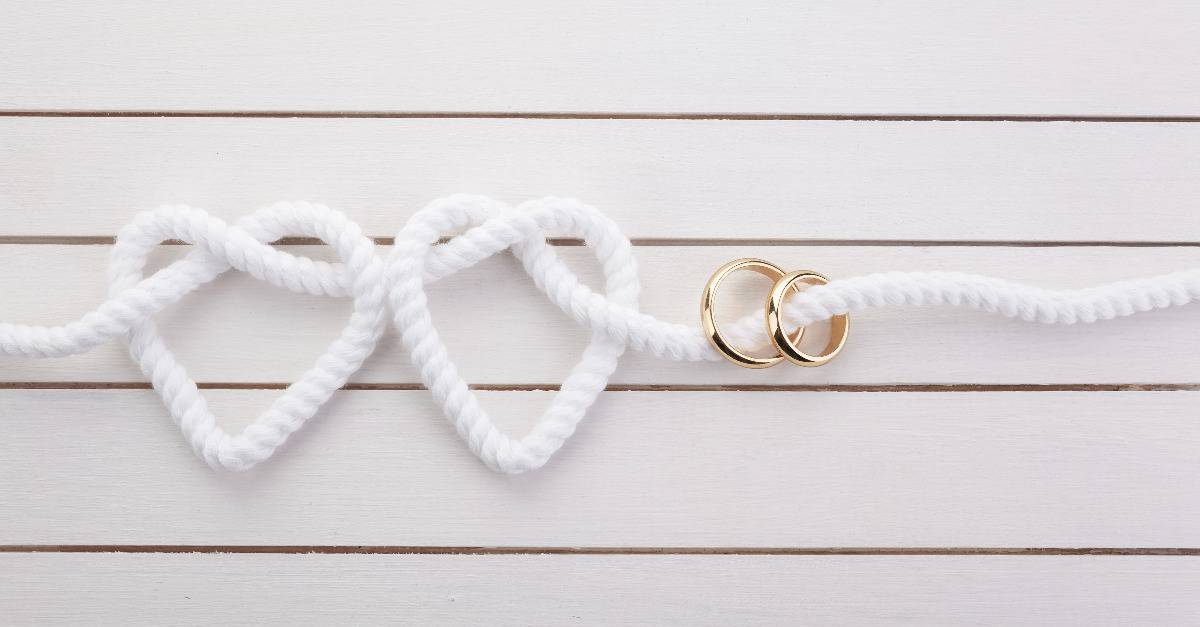
How the Ceremony Is Performed
Ultimately, the procedure varies between couples and officiants. Commonly, one person will take the other’s right hand with their right hand, and the left hand is placed in the other’s left. Other couples choose to stand side-by-side, right hand clasped by the other’s left.
Anyone can tie the knot — the officiant, the couple, their relatives, or someone from their bridal party, for example. Regardless, the officiant will guide you through the steps of correctly creating the knot.
A common type of knot in handfasting ceremonies is the fisherman’s knot. It is a relatively simple but durable knot used in many practical situations. Other types include:
- “Gift” knot
- “Wrap” knot
- “Wrap, Release, and Pull” knot
- “Drape” knot
- “Loose” knot
- “Discrete” knot
- “Side-by-side” knot
It is up to the couple how long they want the rope to stay on their hands; they can take it off immediately, remove it before the reception, or follow tradition and keep their hands fasted until midnight.
After the ceremony, the newlyweds can keep the rope as a sentimental and significant keepsake from their wedding.
The Ceremony’s Symbolism
The two ropes represent the bride’s and groom’s lives, which come together as the officiant creates the knot. Similar to any marriage, the knot gets stronger as the officiant puts more pressure into forming it.
To reiterate, while the fisherman’s knot may be relatively easy to create, it is highly secure. Some people describe it as one of the strongest knots ever; you can manipulate the ropes, but the knot will stay intact. These qualities reflect the steadfastness couples should have for a healthy, long-lasting marriage.
History of the Ceremony
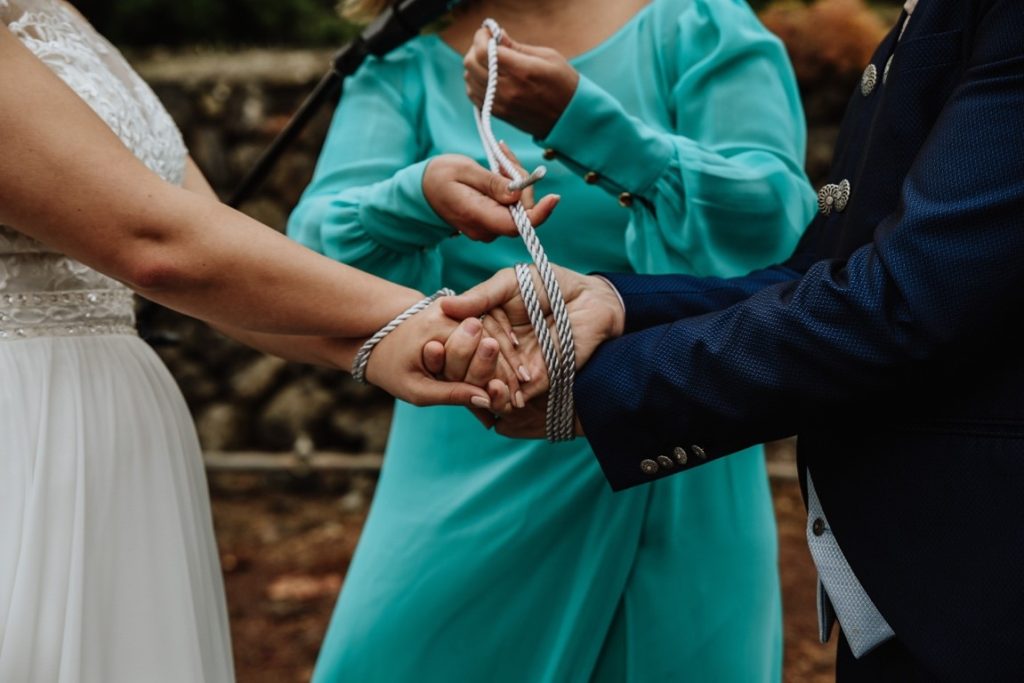
As mentioned above, the handfasting ceremony has roots in ancient Celtic tradition. It was practiced not only in Scotland but also in Ireland and ancient Rome. The Romans, in particular, were fond of combining rope and vines to knot the bride’s and groom’s hands together.
Over the years, the ceremony has seen a revival of its charm and popularity. This resurgence is partly due to Prince William and Kate Middleton incorporating a handfasting ceremony in their wedding.
The phrase “to tie the knot,” which refers to getting married, is widely attributed to have originated from this ceremony.
Rope Colors and Their Meanings
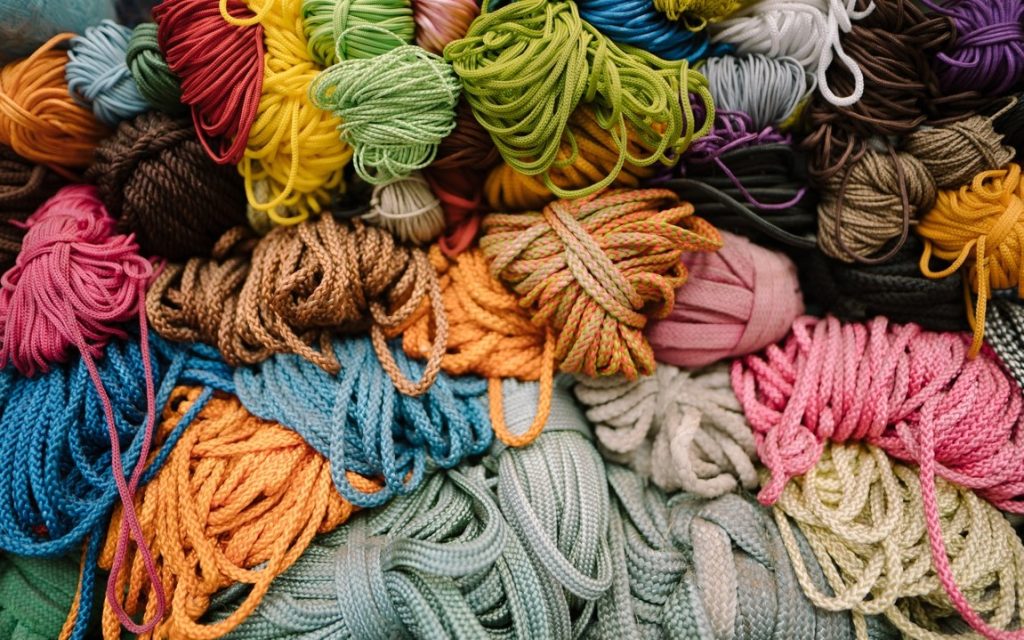
You have a lot of options in terms of the rope’s colors. Each shade has a set of meanings, and the one you choose depends on what you want to manifest for your union.
- Black → empowerment, wisdom, success, and pure love
- Brown → spiritual healing, nourishment, flourishment of talent and skills
- Dark Blue → long-lastingness, strength, a safe journey
- Gold → good fortune, vigor, longevity, harmony
- Gray → balance, moderation, objectivity
- Green → good fortune, fertility, nature, nourishment, beauty, love
- Light Blue → peace, good health, endurance, compassion
- Orange → resourcefulness, compassion, excitement, attraction, abundance
- Pink → unity, romantic love, joy, integrity
- Purple → energy, healing, good health, vitality
- Red → fertility, braveness, energy, passion, determination
- Silver → protection, inspiration, motivation, productivity
- White → peace, integrity, virtue, spirituality
- Yellow → self-assurance, continued attraction, moderation, unity
Other Materials You Can Use

The most popular choice of material for a handfasting ceremony is a rope, be it twisted or braided. Typically, two to three strands of rope with a length of around a yard are used. However, you have several other options for the item that will bind you:
- Embroidered cloth
- Monogrammed cloth
- Grapevine
- Ribbon
- Scottish Tartan
- Garland
You can choose one or incorporate multiple materials into your ceremony. You can also personalize the material by adding beads, additional cords, lowers, seashells, and other decorations.
If your chosen material permits, you can encourage your guests to write their advice, well wishes, and congratulations on the material itself.
Sample Scripts for a Lovely Wedding Rope Ceremony
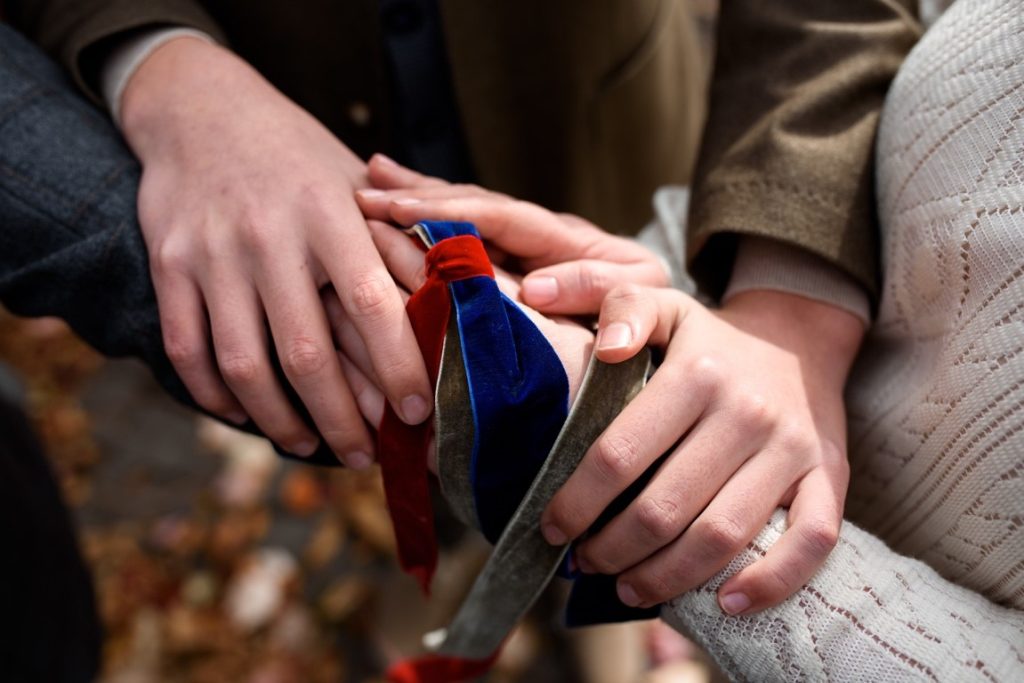
- To further enrich their wedding ceremony and union, [name of the bride] and [name of the groom] asked me to perform a handfasting ceremony.
[Name of the bride] and [name of the groom], to start this new chapter of your life as one, please take each other’s hands.
As a tradition, handfasting has been performed for around 10,000 years. As I place this rope around both of your hands, reflect on what marriage and unity mean for you.
The sacrament of marriage depends on the commitment, support, and perseverance you bring into it. A healthy marriage needs these qualities to thrive and flourish.
As you enter your new life, always remember to be compassionate to each other and yourself. View every obstacle as an adventure. See every challenge as an opportunity to grow individually and together.
As I tie this knot, I bless your marriage and pray that God shows you nothing but love and kindness.
- You may have heard the phrase “tying the knot” to describe marriage. This verbiage comes from the ancient tradition of Handfasting, wherein the bride and groom’s hands are bound with a knot.
Today, [name of the bride] and [name of the groom] have chosen to include a Handfasting ceremony on their special day. This solidifies their vow for eternal love and a bond that will last for the rest of their lives.
With the tying of this knot, I wish you all the joy, wisdom, love, and good fortune as you start your life as husband and wife.
Other Tips to Remember for the Handfasting Ceremony
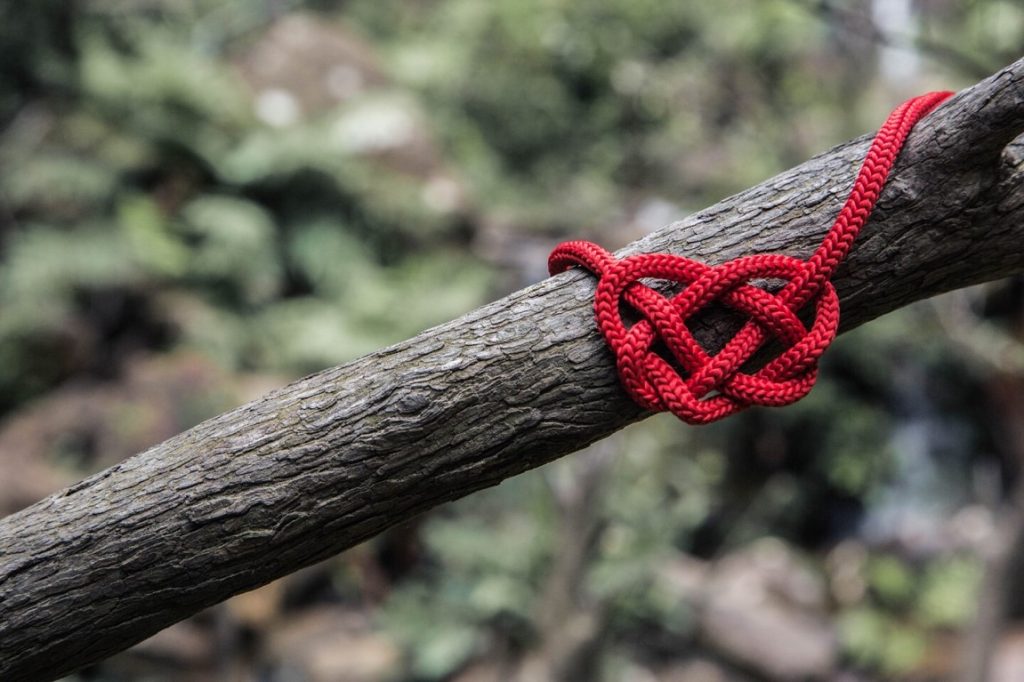
- Get lots of practice in tying the knot with your partner. Repeat it plenty of times until you reach the point where you do not even have to think about the steps. Doing so will result in a successful handfasting ceremony — even with the presence of nerves.
- Practice the ceremony with your officiant at the rehearsal dinner. This will make it easier to settle logistical matters, such as where the rope will be placed before and after the ceremony.
- Encourage your officiant to speak about the process and symbolism as they perform the ceremony. Doing so avoids any awkward silence or dead air.
- Inform your photographer and videographer about the handfasting ceremony. This information will help them capture beautiful shots.
- The best place in the timeline to insert your handfasting ceremony is before or after the exchange of vows and rings.
- If you cannot include the wedding rope ceremony at your actual wedding, you can perform it on another occasion. Other wedding-related celebrations, such as engagement parties, wedding showers, and vow renewals are also perfect.